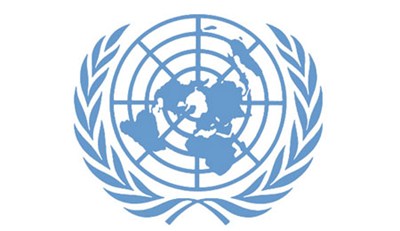Despite virtual volunteering being a widespread practice long before the COVID-19 global pandemic, undertaken by thousands of nonprofits, NGOs, government agencies, community groups and more all over the world for more than three decades, a lot of new virtual volunteering “experts” have recently emerged, touting guidelines for setting up a virtual volunteering program, often one specifically for corporate employees to be a part of as a part of their employer’s corporate social responsibility / philanthropic efforts.
I welcome more research regarding virtual volunteering and more stories and presentations from practitioners – people actually engaged in volunteering online or in supporting online volunteers – like this outstanding webinar from the US Federal Communications Commission (FCC) which featured representatives from five of the most popular virtual volunteering schemes in the world. But the recommendations being pushed by a lot of new “experts” recently is steering programs in directions that are going to result in frustration and, potentially, failure.
Here’s five common mistakes I’m seeing in promoting or setting up virtual volunteering recently:
That virtual volunteering new. No, it’s not new. And the consequence of approaching it as new is that new programs ignore the lessons learned and end up making easily-avoidable and program-killing mistakes. They end up causing more frustration than positive results.
That the first step is to set up some kind of platform for matching or collaboration. This is, in fact, one of the last steps, if it’s needed at all. There are a myriad of things to do first, like working with the nonprofits and other programs expected to create tasks and roles for volunteers to ensure this will actually be worth their while, gathering data to show this volunteer engagement is needed, identifying a robust number of tasks and roles volunteers can choose from, creating a process to support volunteers, address their concerns quickly, etc., and measurements for success. This is a lesson I’ve learned over and over and talk about in detail regarding revamping NetAid, which became the UN’s Online Volunteering service.
That safety is automatically built into virtual volunteering. It’s true that virtual volunteering prevents the transmission of the novel coronavirus, but it absolutely still has risks: children and vulnerable populations need to be protected from predatory or exploitative behavior, participants shouldn’t be set up for failure or an unreasonable amount of stress or anxiety, participants should be vetted so they take their roles seriously and don’t end up disappointing the people who were supposed to benefit from the program, etc. Here’s more about safety in virtual volunteering.
That creating worthwhile micro-tasks for volunteers is easy – or that it’s the most desirable virtual volunteering. Creating worthwhile micro-tasks for volunteers is very difficult, and often, what volunteers want is to engage in a meaningful role with a high-degree of responsibility, one that will make a big impact on “the cause.”
Impactful virtual volunteering is more than “making cards for the sick/elderly”. Cards can be nice. But these kinds of programs are more about making volunteers feel like they are doing something than really serving the elderly.
If you are looking to launch virtual volunteering at your nonprofit, NGO or other community-focused organization, begin with this simple primer: How to Immediately Introduce Virtual Volunteering at Your Program.

And if you want to learn how to avoid the common pitfalls in virtual volunteering and to dig far deeper into the factors for success in creating assignments for online volunteers, supporting online volunteers, and keeping virtual volunteering a worthwhile endeavor for everyone involved, you will not find a more detailed guide anywhere than The Last Virtual Volunteering Guidebook. It’s based on many years of experience, from a variety of organizations. It’s available both as a traditional print publication and as a digital book.

If you have benefited from this blog or other parts of my web site and would like to support the time that went into researching information, developing material, preparing articles, updating pages, etc. (I receive no funding for this work), here is how you can help.


